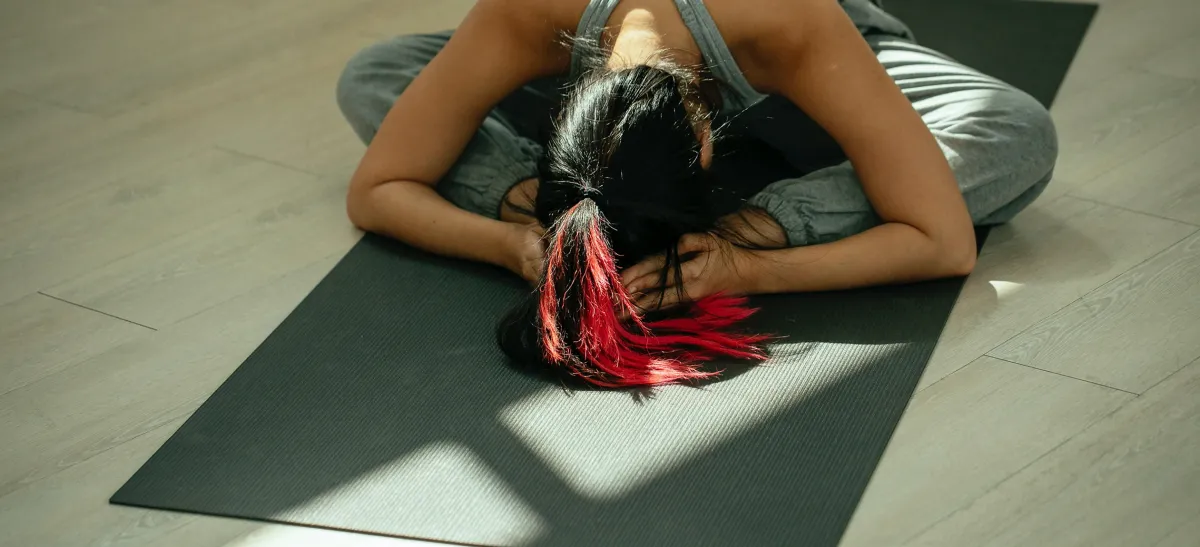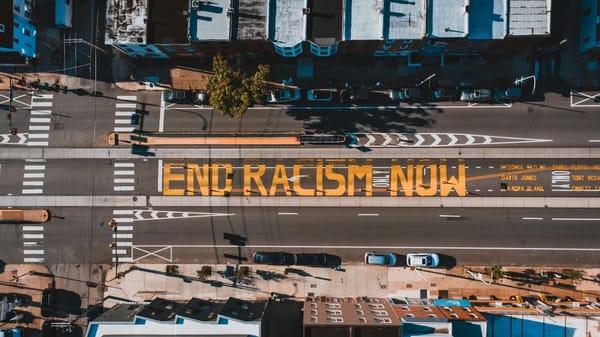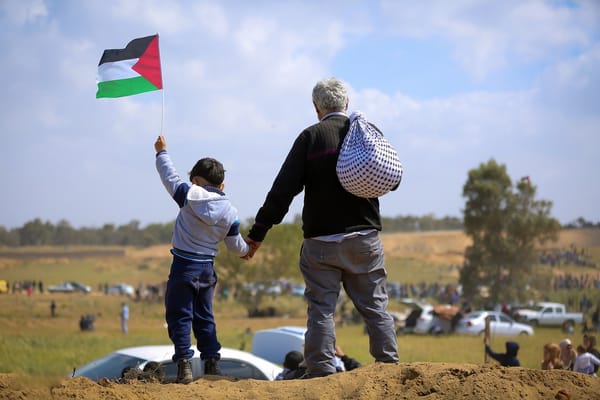Taking a Holistic Approach to Ramadan by Aligning my Spiritual and Fitness Journey
The month of Ramadan is probably one of my most active ones of the year since I’m more connected to myself.

Access the Audio Read version of this article directly on Spotify for Podcasters.
It’s Ramadan, a month filled with a healing, nurturing, and spiritual experience for millions of Muslims globally.
I’ve been fasting for Ramadan as far as I can remember - I think I was around twelve - and my journey has never really been smooth. The month makes me extra aware of my own thoughts and behaviour. You could say your worst enemy during this holy time is really, well, yourself. For years, I've had my ups and downs with it, especially as I live on my own, in a foreign country, far from my family, missing my mum’s cooking skills, and its spiritual and festive spirit. Ramadan when you’re away from home can take a toll on your experience, and be tough on your mental wellbeing; but it can also make it all the more rewarding when you find ways to make it work.
What helped me stay true to myself during that period is exercising, among other things. Since 2014, I’ve been aligning Ramadan with a personal fitness journey, and it really all comes down to the idea of self-reflection, giving in and back, and being at peace with myself - which are some of the values I associate with this holy month. Something that Nozha, a Muslim woman working in the fashion space agrees with: “Ramadan is a spiritual month, a parenthesis helping me strengthen my faith. During that time I try to do a mental detox and be the best version of myself, spiritually speaking, and in this quest, I try to incorporate a physical regimen to complement my mental wellbeing experience. Fasting allows the body to purify and detoxify itself, and I take advantage of this fact to organise some daily workout sessions at home.”
Over the years, I’ve heard it all when it comes to Ramadan, including that people automatically assume you can’t workout if you don’t drink and eat during the day. Dr. Sayyada Mawji, GP and brand ambassador for leading AI-based fitness and lifestyle coaching app Freeletics, shares that “exercising during the month of Ramadan whilst fasting can be a challenge, but can be done safely.”
In my case, aside from a few days where my body adjusts to the idea of fasting, the month of Ramadan is probably one of the most active ones, since I’m more connected to myself. “An important reminder is to be sensible and to listen to your body during this period and do what works for you,” adds Dr. Mawji. And I couldn’t agree more. Listening to your body, an unconditional part of our wellbeing, is even more important when fasting.
I mostly work out in the mornings, on an empty stomach, just because that’s when I have the most energy and don’t feel like i'm dragging my whole body. Knowing this, I’ve been able to transfer that same routine during Ramadan, and stick to what my body knows, without stressing it too much. But, this is not a one-size-fits-all approach. It can be very different from one person to another, depending on what they want to achieve during that month, their habits and metabolism. “I prefer working out at the end of the day, just before breaking my fast”, shares Nozha, “and I alternate between yoga, HIIT, or strength exercises, which allows me to drink right after the session.”
While, Ahmed*, a Muslim man working in the digital space shares that for him, it's all about pushing yourself and seeing what you can do. “I manage a lot of my issues during Ramadan as I'm hyper focused and feel like my body is optimised for change. That, coupled with a healthy lifestyle like no alcohol, no sugar and no processed food, really takes my experience to the next level.”
Research on the topic is quite minimal, and different theories usually arise when it comes to the best time or type of exercises you should do when fasting, but in my personal experience, as long as you listen to your body and don’t engage in extreme workouts or extreme conditions, you can do pretty much anything. “Try lighter moderate intensity exercises such as walking, cycling, yoga or strength training exercises that don't cause you to sweat much or make you feel out of breath,” shares Dr. Mawji, before adding that you have to “be aware of signs of dehydration, stop exercising and rehydrate”, whenever needed.
I usually kick off Ramadan with a 30 day yoga challenge, and incorporate more targeted workouts, recent ones including barre and spinning classes. For Ahmed, “it makes the fast slightly more challenging but that also makes iftar all the more enjoyable”, adding that the feeling you have when drinking water just after a gym session is an amazing experience in itself. “It makes you appreciate the small things you take for granted even more.” It’s a very holistic experience in my opinion, the fitness journey being the co-driver in this process.
Something that led me to write this piece is to break misconceptions about Ramadan and exercising. After all, athletes, across various fields, still fast during big tournaments, and to be able to do this, you need to know your body and be able to recognise signs of exhaustion, dehydration, and more. Something that Dr. Mawji confirms: “The main misconception is that you can’t exercise at all or that it’s too unsafe during Ramadan. Whilst dehydration is a risk when exercising whilst fasting, this can be mitigated by exercising at the right times in the day, staying well hydrated between iftar and suhoor, maintaining a good diet and most importantly being sensible and not overdoing it. In fact, light exercise can keep you energised, boosting your mental health, reducing mental fatigue, and help you achieve your spiritual goals for the month.”
This comment really hit home for me. It may seem quite far-fetched for some, but I find alignment between working out and having a spiritual experience like praying, especially with yoga. They both require focus, they both require being present and aligned, they both help you set intentions, and they interestingly use somewhat similar poses - hello ‘Vajrasana’ and ‘child’s pose’ - which at times can have similar mental and spiritual benefits to praying to me.
Finally, some people like to kick off the new year with a new fitness journey, and for me, Ramadan is also a great time for that, as I usually limit my outings and focus on myself and what I want to achieve during that month. It’s not about setting myself impossible targets to hit - after all, less is more - but it’s more about reflecting on what I can start doing and continue the rest of the year, which can be as simple as spending more time to focus on myself and my loved ones.
* Name changed upon request.





